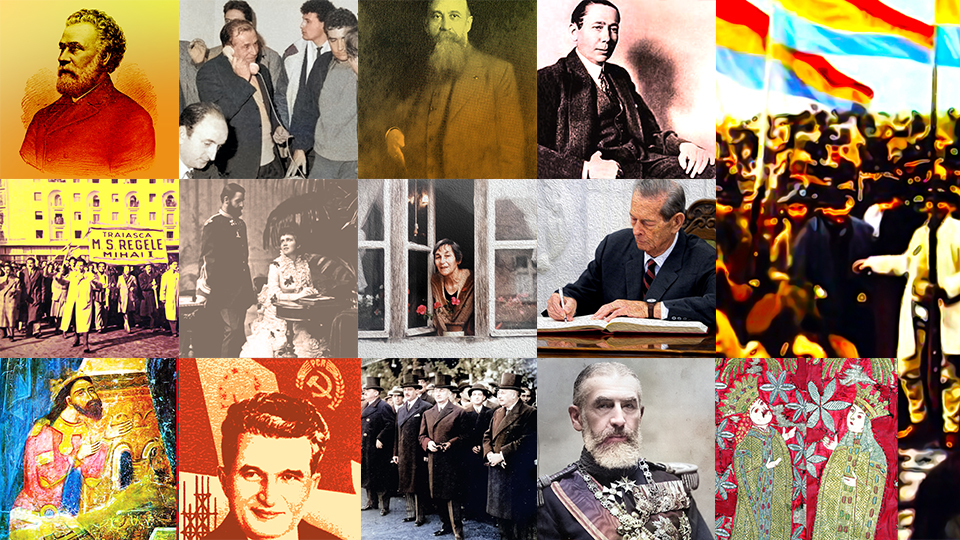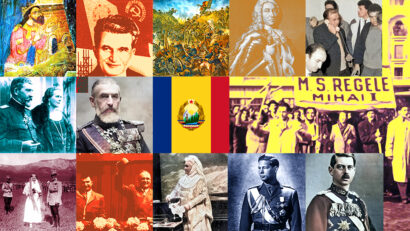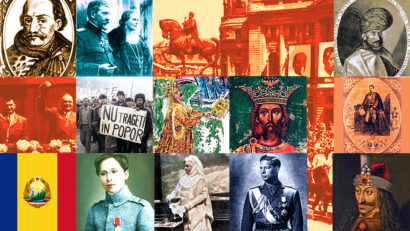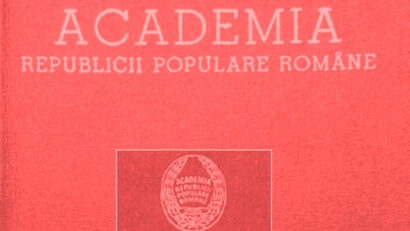Plan Z
Occupied after 1945 and having communist party regimes imposed on them, the countries in Central and Eastern Europe practically had no national defense strategies

Steliu Lambru, 03.06.2024, 12:00
Occupied after 1945 and having communist party regimes imposed on them, the countries in Central and Eastern Europe practically had no national defense strategies, left at the mercy of the Soviet Union, which did not hesitate to occupy Hungary in 1956 and Czechoslovakia in 1968 and remove the reformist leaderships there. Also threatened by the Soviet aggression, Romania, which had condemned the invasion of Czechoslovakia, sought to put together a plan to protect itself. After 1968, the Romanian leader Nicolae Ceaușescu conceived the military doctrine of the “entire people’s war” for the defense of the homeland. General Neagu Cosma worked in the information structures before 1989.
Interviewed in 2002 by the Oral History Center of the Romanian Radio Broadcasting Corporation, he gave details about what was called Plan Z in the post-Revolution press. Cosma stressed that, originally, the plan was designed according to the logic of any national security strategy.
“There were many talks regarding the deployment of the state, the command of military operations and the supreme commander respectively. Some say that, out of cowardice, Ceausescu wanted to escape at any cost and created a special structure for him and his family to disappear from the invader’s path and save his skin. `I can provide concrete information that the evacuation of Ceausescu was part of the rules of war, he was the supreme commander of the army. In any army and in any country, the commander and command staff must have a place of retreat, if it doesn’t work there, there is another one as a backup and so on.”
Known as Rovine IS 70, Plan Z was meant to ensure the survival of the Romanian state in extreme circumstances. Neagu Cosma:
“The plan received, along the way, the code name Rovine IS 70, and after December ’89 the press called it plan Z. The Rovine IS 70 plan stipulated that it should be implemented when, as a result of an act of aggression directed against the Romanian state, there was an imminent danger of temporary occupation of the capital and part of the territory. That would have made it difficult or even impossible to exercise the leadership of the resistance struggle of the entire people from the same headquarters where the command was located. In the plan, the methods of removing the commander from the CC building were clear, and according to the plan Nicolae Ceauşescu was to be removed from the CC headquarters through the tunnel that connects the CC building to the former Royal Palace across the road.”
The plan included, among other things, in the event of a Soviet invasion and occupation, guerrilla warfare, sabotage, the withdrawal of the army to the border with Yugoslavia and the safekeeping of Ceaușescu and the army leadership. Designed in 8 points, it had been improved over the years. Neagu Cosma.
“The means of radio communication and the TV station were already functional, they were operational. Diversion teams were also ready to act, some had already been placed in the field. Regarding the defense of the headquarters and the supreme commander, the following measures were taken. One: the removal of Ceauşescu from the headquarters of the Central Committee of the Communist Party in case it had been surrounded. This was a first point in the plan, how do we get him out of the CC headquarters. Two: to build a small dosimeter for the control of nuclear radiation at the Institute of Atomic Physics in Măgurele. Three: to study the road routes south of the Southern Carpathians for their use in case of a hasty retreat. Four: the same operation had to be carried out for all the passes to the Carpathians. Five: to establish the place of deployment of some institutions and headquarters and the ways of travel to each new establishment. Six: the establishment of mixed commissions made up of the Minister of Transport, the head of the organizational department of the Communist Party’s Central Committee, transport specialists to study and present proposals for streamlining rail and road traffic from Bucharest to Timisoara. Seven: the documents from the Securitate archive were microfilmed, they were easy to transport and hide so as not to fall into the hands of the invaders. Eight: changing the state code.”
But the increasing unpopularity of the regime, the harshness of the leadership and the cynicism of the Ceaușescu couple made plan Z to be customized and lose its purpose. In 1989, the national resistance plan that also provided for the protection of Ceaușescu was useless. We asked Neagu Cosma why plan Z didn’t work in 1989?
“It didn’t work because there were no people to apply it. Back in 1968, there were people who would apply it to the point of sacrifice. Now there’s no one willing to implement the plan, not even one, because they were all fed up. Among the officers of the guard, there were I don’t know how many attempts, at least theoretically, to annihilate the Ceausescus. They were there, they saw what was happening. That’s why Plan Z was no longer implemented. There was nobody left willing to apply it.
The abandonment of Plan Z and of the Ceaușescu couple in December 1989 was the first important move to save Romania. And state security has returned to what it should have been in a normal, free climate. (MI)





























